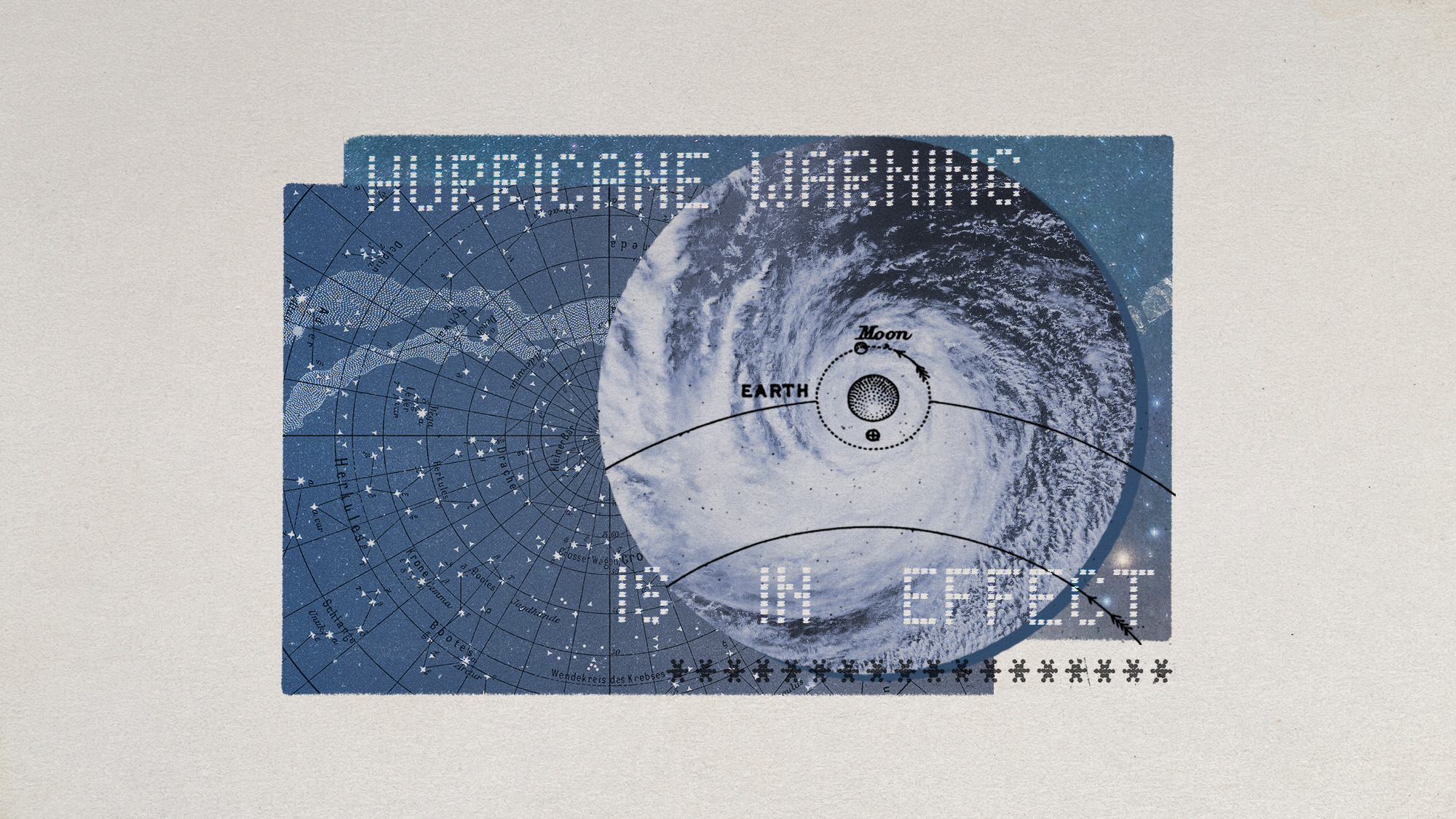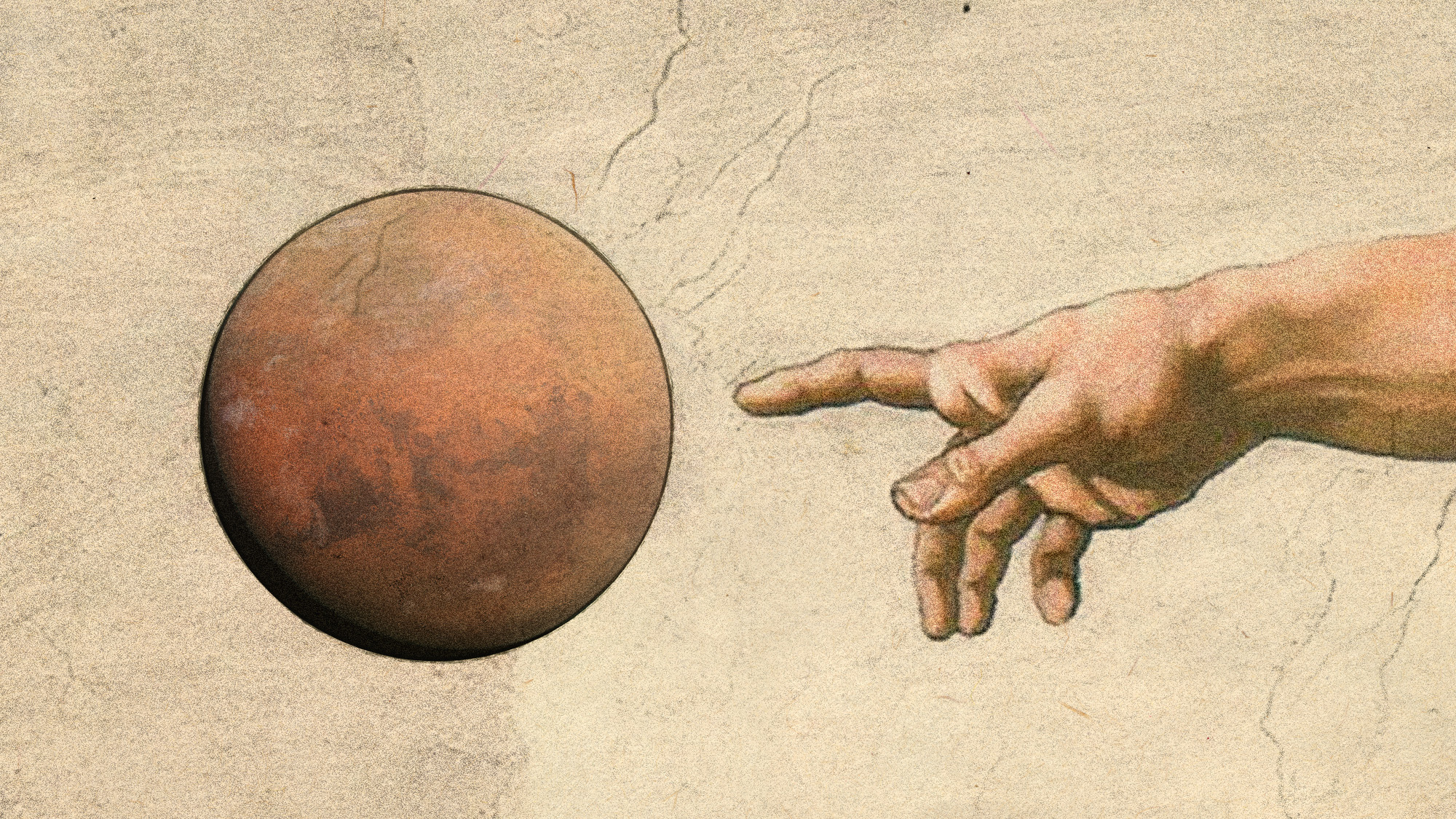Planet Nine: 'vast' body detected on the edge of the solar system
Astronomers detect a massive 'new' planet far beyond Neptune's orbit

Two astronomers have published evidence that our solar system contains a ninth planet. Nicknamed Planet Nine, it orbits the Sun far beyond the dwarf world Pluto, which was recently stripped of its planetary status.
According to their paper, published in the Astronomical Journal, the icy world is believed to be up to four times as large and ten times as massive as Earth – almost the size of Neptune.
While the planet is yet to be directly observed, Konstantin Batygin and Mike Brown from the California Institute of Technology deduced its existence from the movement of other objects in the solar system.
The Week
Escape your echo chamber. Get the facts behind the news, plus analysis from multiple perspectives.

Sign up for The Week's Free Newsletters
From our morning news briefing to a weekly Good News Newsletter, get the best of The Week delivered directly to your inbox.
From our morning news briefing to a weekly Good News Newsletter, get the best of The Week delivered directly to your inbox.
"We saw a strange signal in the data that meant something odd was going on in the outer solar system," Mike Brown told The Guardian. "All of these distant objects were lined up in a weird way and that shouldn't happen. We worked through the mundane explanations, but none of them worked out."
What caught their attention was a "peculiar clustering of six previously known objects that orbit beyond Neptune", says Science Magazine. The astronomers say that there is a "0.007 per cent chance, or about one in 15,000, that the clustering could be a coincidence", claiming the more likely explanation is that "a planet with the mass of ten Earths has shepherded the six objects into their strange elliptical orbits, tilted out of the plane of the solar system."
Batygin and Brown hope that by publishing their theory they will encourage other teams to look for the planet. "There are many telescopes on the Earth that actually have a chance of being able to find it," Brown said.
Their calculations suggest that it orbits the Sun once every 10,000 to 20,000 years, at a distance of up to 100 billion miles.
A free daily email with the biggest news stories of the day – and the best features from TheWeek.com
The paper has been peer-reviewed by Alessandro Morbidelli, a planetary dynamicist at the Nice Observatory in France, who said in a statement that the pair made a "very solid argument" and that he is "quite convinced by the existence of a distant planet".
-
 Blue Origin launches Mars probes in NASA debut
Blue Origin launches Mars probes in NASA debutSpeed Read The New Glenn rocket is carrying small twin spacecraft toward Mars as part of NASA’s Escapade mission
-
 ‘The Big Crunch’: why science is divided over the future of the universe
‘The Big Crunch’: why science is divided over the future of the universeThe Explainer New study upends the prevailing theory about dark matter and says it is weakening
-
 The moon is rusting
The moon is rustingUnder the radar The Earth is likely to blame
-
 Panspermia: the theory that life was sent to Earth by aliens
Panspermia: the theory that life was sent to Earth by aliensUnder The Radar New findings have resurfaced an old, controversial idea
-
 Africa could become the next frontier for space programs
Africa could become the next frontier for space programsThe Explainer China and the US are both working on space applications for Africa
-
 Hurricanes are not exclusive to Earth. They can happen in space.
Hurricanes are not exclusive to Earth. They can happen in space.Under the radar These storms may cause navigational problems
-
 Answers to how life on Earth began could be stuck on Mars
Answers to how life on Earth began could be stuck on MarsUnder the Radar Donald Trump plans to scrap Nasa's Mars Sample Return mission – stranding test tubes on the Red Planet and ceding potentially valuable information to China
-
 The treasure trove of platinum on the moon
The treasure trove of platinum on the moonUnder the radar This kind of bounty could lead to commercial exploitation


